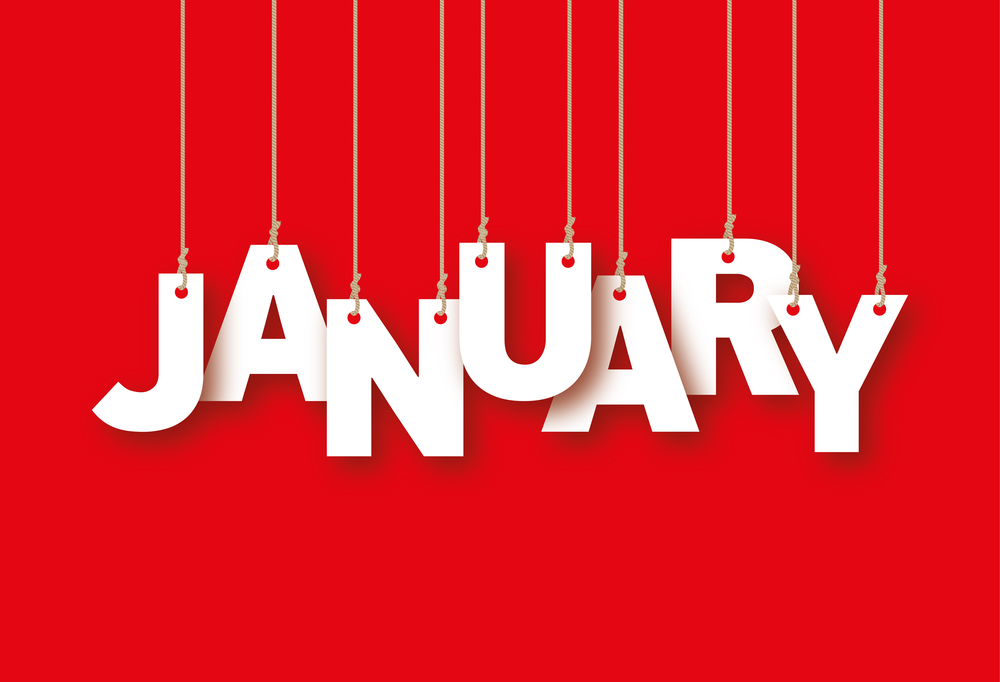
Once the holiday season is over, it’s the January sales! That’s the way retail always used to play. But the question if you’re selling on Amazon is whether it’s still going to work like that.
Price movements can be unpredictable. Different products behave differently. For instance, in bricks and mortar retail, you rarely see discounts on staple food products or basic building materials. New cordless drills get discounted – cement doesn’t. Sometimes, particular brands have their prices slashed while others don’t.
Adding to the unpredictability of the situation, lots of Amazon sellers (particularly the mom-and-pop outfits) are taking a break right now. Some of them will have reduced prices before they take time off, others won’t. Whatever happens, they probably won’t be taking much decisive action in the next couple of weeks.
Fortunately if you sell on Amazon you have lots of real-time information coming your way on all your products and on your competitors’ products. So you should use it to the max. For instance, even if two of your competitors are discounting, if you see that your sales are holding steady, you can hold your price. That could make you a lot more profit than trying to match their price.
Of course you’ll want to reduce the price on any holiday-related product you have left. No one wants to buy Christmas cards or Rudolph the Red-Nosed Reindeer sweaters in the run-up to Valentine’s Day, after all. If you have these kind of products in your inventory, you’ll want to sell them off to avoid excessive storage charges (or even take them out of the warehouse). But for other products a price drop isn’t always in order.
You might use an automatic repricer. If you do, make sure you give it some strict rules. For instance, limit the amount that it can drop the price and make sure it alerts you if the price drops further. That means you can follow small price drops automatically, and you don’t need to track every product manually.
If the price drops further than the limit, you’ll need to investigate what’s happening. If the product is one where prices have been dropping continuously for a while, then you may need to follow the trend. On the other hand, if a competitor’s price drop takes the price way below average, and the trend has been pretty stable, then wait for February and regular pricing to sell your inventory at a better margin.
You also want to think about how much you have in inventory. If you only have a handful of units left in the warehouse, you don’t necessarily want to play the price drop game. If you have excess stock, maybe you want to shift some of it.
But just dropping your price might not be the right thing to do. Once you’ve marked a price down, customers will often take that as their ‘base’ level, and you’ll then see a negative reaction if you try to move the price back upwards again. It might be better to offer a limited time discount. Besides, if customers know there’s a time limit on the discount, that gives them a motive to buy now rather than wait till later.
You might also want to use a coupon discount on Vipon to just add a bit of spice to your sales. (Of course, Vipon can also help with those worrisome overstocks.)
Most importantly, don’t forget to take notes! Then, next January, you’ll be able to see how things played out this time round. The future may not be an exact copy, but those products which were most vulnerable to price pressure will probably be the same ones in 2024 that they were in 2023.